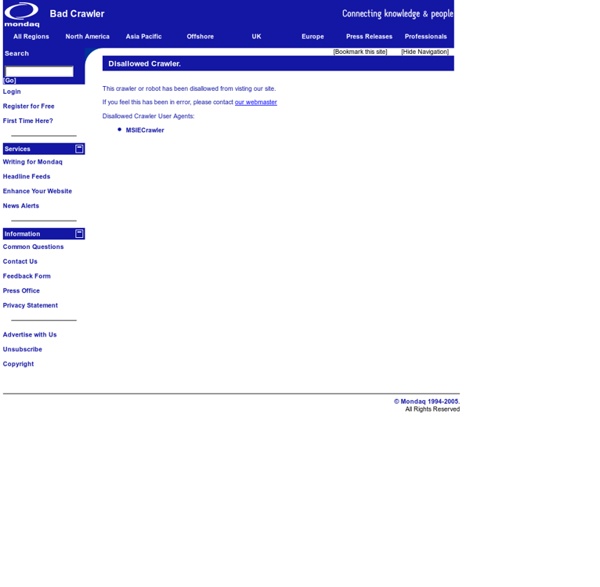



untitled L’après Costeja – Pas de droit à l’oubli pour une condamnation d’inst Un jugement néerlandais fait application de la jurisprudence Costeja de la Cour de Justice de l'Union européenne (CJUE) reconnaissant le droit à l'oubli numérique. Prenant en compte les critères dégagés par la CJUE, le tribunal estime qu'il n'y a pas lieu de supprimer les liens URL renvoyant vers des informations relatives à une condamnation pénale récente pour instigation au meurtre. L’arrêt Google/Spain (Costeja) de la CJUE du 13 mai 2014 a fait couler beaucoup d’encre, notamment quant aux enseignements qu’on pouvait en tirer en matière de droit à l’oubli numérique. Le concept a parfois été malmené par certains commentateurs qui y voyaient déjà, de façon quelque peu prématurée, la consécration d’un droit à l’oubli numérique absolu. On rappellera que l’arrêt Costeja a rendu possible la reconnaissance d’un droit à l’oubli en se fondant sur les droits de correction et d’opposition reconnus aux personnes concernées par la Directive 95/46 sur la protection des données. Attachment(s):
First Application of Google Spain by a National Court in Europe: the Right to be Forgotten Gets Reduced in the Netherlands Recently, a European national court applied for the first time the Google Spain ruling of the European Court of Justice (“ECJ”). The Court of Amsterdam dealt with one of the “right to be forgotten” requests that Google refused to comply with by rejecting the claims of the plaintiff and reinforcing the role of freedom of speech. In particular, the Dutch Court narrowed down the ECJ’s test by stating that the Google Spain ruling “does not intend to protect individuals against all negative communications on the Internet, but only against ‘being pursued’ for a long time by ‘irrelevant’, ‘excessive’ or ‘unnecessarily defamatory’ expressions.” In the case before the Court of Amsterdam, the owner of an escort agency wanted to have links to online publications reporting on a crime he had committed removed from Google search engine. Google refused to comply fully with this request. A summary in English of the judgment is available here.
Dutch Google Spain ruling: More Freedom of Speech, Less Right To Be Forgotten For Criminals – Joran Spauwen and Jens van den Brink Last week, the Court of Amsterdam in preliminary relief proceedings got a chance to shed light on the consequences of the much-discussed Google Spain (or Costeja) judgment of the Court of Justice EU in the Netherlands. As far as we are aware, this is the first time that a national court was asked to apply the Google Spain ruling. The proceedings in Amsterdam centred on one of the many ‘right to be forgotten’ requests Google received after the Google Spain judgment. This request was made by the owner of an escort agency who was convicted to six years’ imprisonment in 2012 for ‘attempted incitement of contract killing’, which conviction is still under appeal. The man wanted to have links removed to online publications linking him to the crime he had committed. ‘Unnecessarily Defamatory’ The interesting thing about the judgment is how the Amsterdam court reached this conclusion. The elements ‘being pursued for a long time’ and ‘unnecessarily defamatory’ are not quotes from Google Spain.